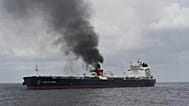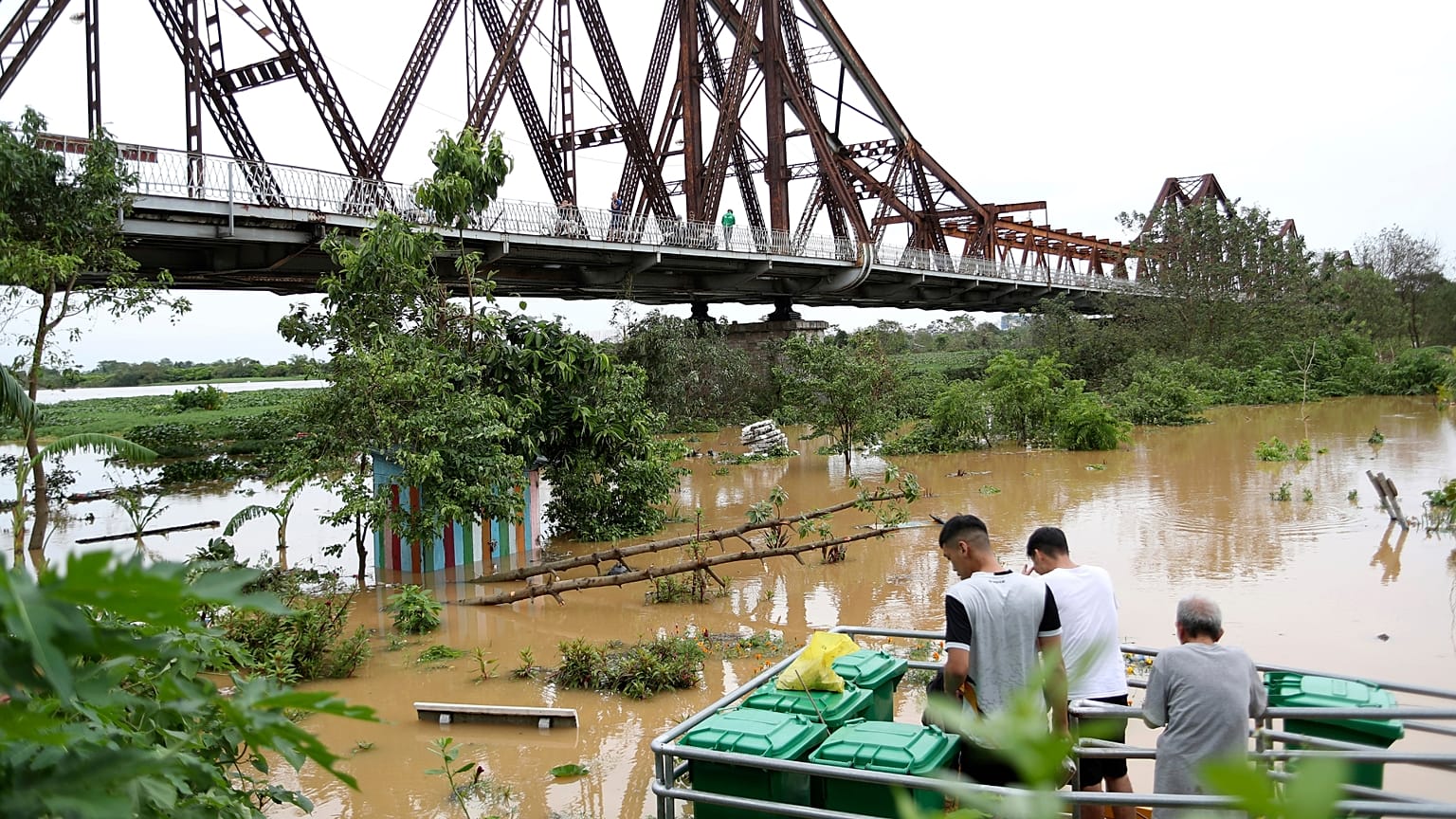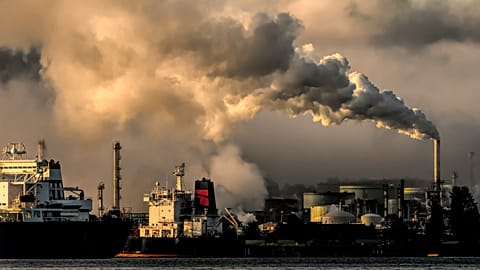It is also the second most powerful tropical cyclone in the world so far this year after Hurricane Beryl.
 ADVERTISEMENT
ADVERTISEMENT
The strongest storm Asia has seen this year, Typhoon Yagi, made landfall last week killing at least 127 people and injuring hundreds in northern Vietnam.
Wind speeds reached more than 200 km/h, according to the Indo-Pacific Tropical Cyclone Warning Centre, causing extensive damage. Though it has now been downgraded to a tropical depression, authorities have warned it could still bring disruption as it moves west.
Before hitting Vietnam, Super Typhoon Yagi brought destruction to the Chinese island of Hainan, a popular tourist destination and left a trail of devastation in the Philippines.
At least 20 people are thought to have been killed in the Philippines and four more in southern China. Dozens are still missing amid destroyed bridges, landslides and flooding. Millions across the region were left without power and many have been forced to flee their homes.
With peak wind speeds of at least 203 km/h, Yagi is the second most powerful tropical cyclone in the world so far this year after Hurricane Beryl.
Storms hitting East and Southeast Asia in recent years appear to be getting stronger. Scientists say warmer oceans may be fuelling their destructive power.
How do hurricanes, typhoons and cyclones form?
A super typhoon is the equivalent of a category 5 hurricane - the strongest on the scale.
Though named differently in different parts of the world, all tropical cyclones feature very high wind speeds, heavy rainfall and storm surges which temporarily cause sea levels to increase.
Hurricanes, typhoons and cyclones are all like giant spinning engines which use warm, moist air as fuel. They start in tropical waters near the equator when this air rises up and away from the surface of the ocean. Less air near the surface causes an area of low pressure and the surrounding air swirls in to replace it.
The warm, moist air cools off as it rises, forming clouds and the whole system begins to spin. It rotates faster and faster until an eye forms in the centre. High-pressure air from above then flows down into this calm centre of the storm.
Sea surface temperatures usually need to be at least 27C to provide enough energy for one of these powerful storms to start spinning. They go counter clockwise north of the equator and clockwise south of it.
Tropical cyclones usually begin to weaken once they hit land as they no longer have the energy from the warm ocean waters to feed them. This doesn’t stop them from causing tremendous amounts of damage before they die out, however.
Are hurricanes and typhoons getting worse due to climate change?
There are a lot of factors that determine whether a storm forms, how it develops, its strength, duration and overall characteristics. This makes the role of climate change in an individual storm difficult to establish.
Scientists, however, say that typhoons, hurricanes and cyclones in general have become stronger due to climate change. This is because warmer ocean waters allow storms to pick up more energy leading to higher wind speeds.
The forecast for 2024’s Atlantic storms, for example, predicted an “extremely active” season due to record sea surface temperatures. Researchers estimated that the probability of a major hurricane making landfall in the United States was “above the long-term average”.
A warmer atmosphere can hold more moisture meaning more intense rainfall. One estimate found that extreme rainfall from Hurricane Harvey which hit the US in 2017 was made around three times more likely due to climate change.
There is also evidence that these powerful storms are lingering over land for longer due to climate change, leading to heavier rainfall in specific locations.
Rising sea levels, too, may be playing a role in the severity of these tropical cyclones. Storm surges can devastate coastal communities and already elevated sea levels only make this flooding worse.
The number of tropical cyclones around the world is unlikely to increase, according to the IPCC, but more may reach the highest levels of intensity as the world warms.
A study published in July this year also revealed that tropical cyclones in Southeast Asia are now forming closer to coastlines, intensifying more rapidly, and lingering longer over land.


















